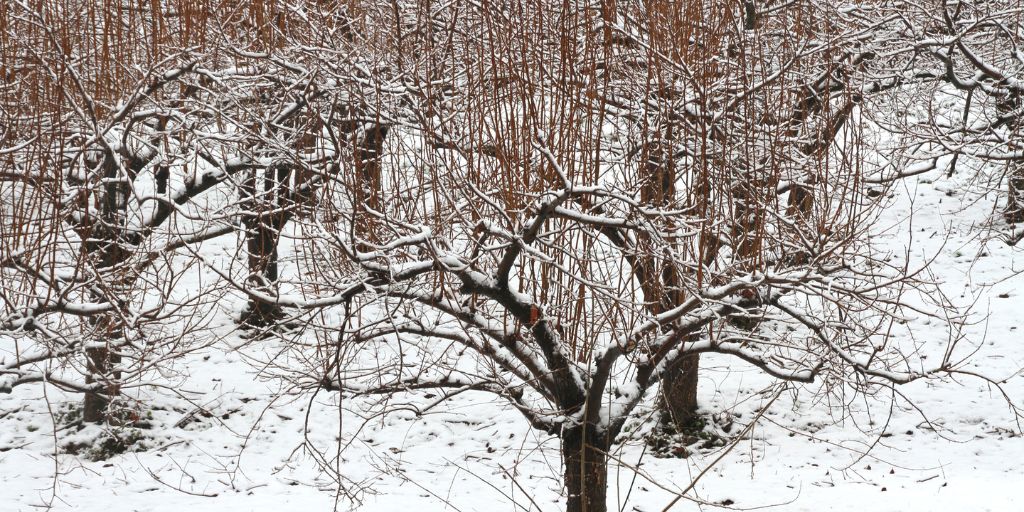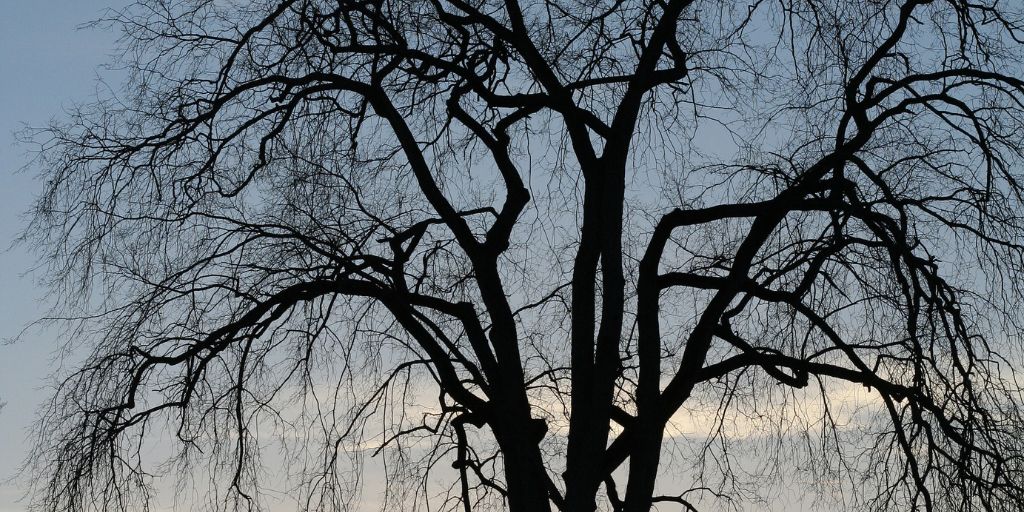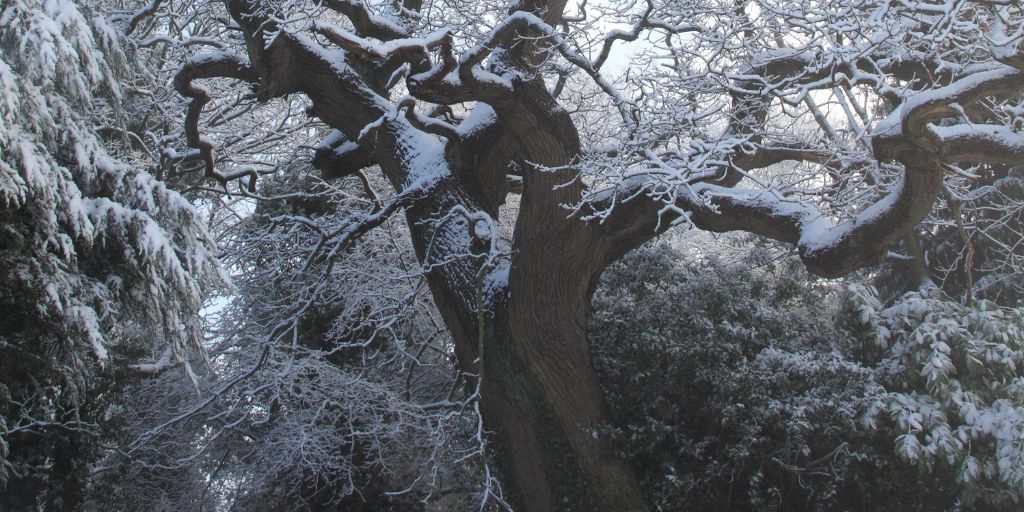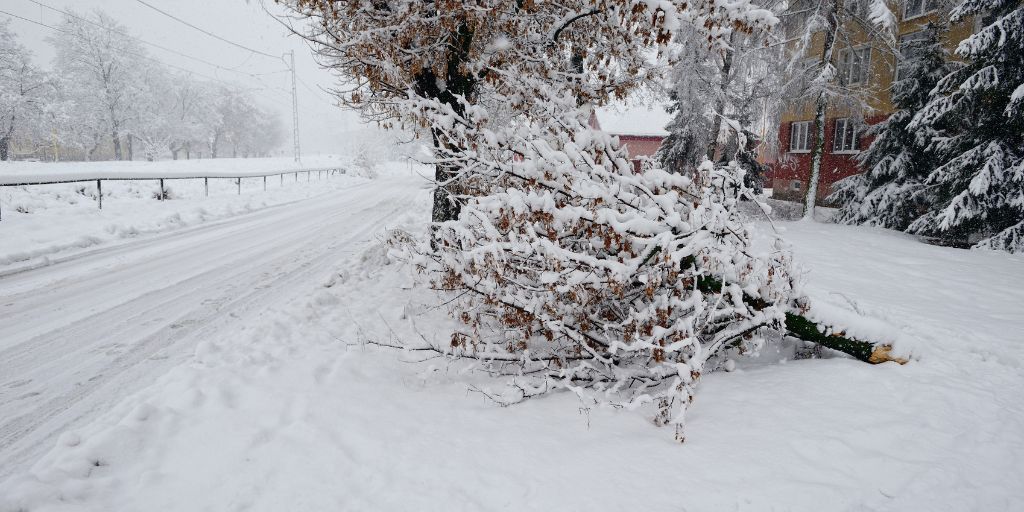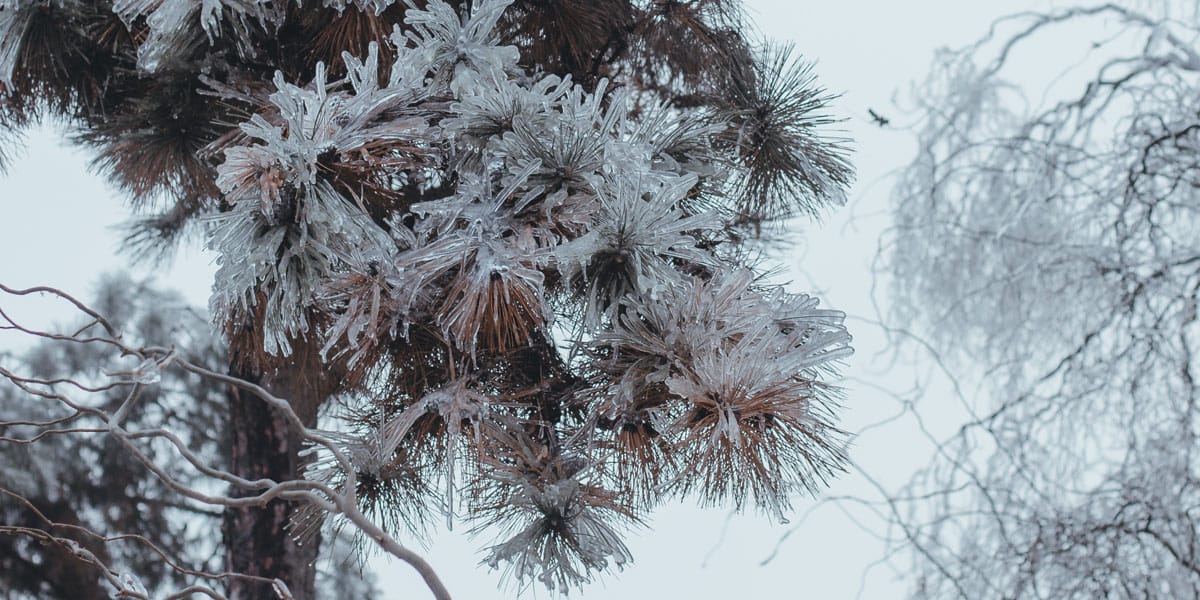While we’ve already written about some of the benefits of pruning your trees in winter, did you know that there are some trees that should ONLY be pruned during the winter (or dormant) months?
Fruit trees, in particular, benefit from being pruned during the winter. But some other trees on your New Jersey property should be pruned while dormant as well.
In this article, we’ll go over the trees to prune during the winter, the benefits of winter or dormant pruning, and more.

A Reminder of the Benefits of Winter Pruning or Trimming
You may be surprised to learn that trees can be pruned in winter, but in many cases, it’s not only possible, but recommended. Winter tree pruning is beneficial because:
- Trees won’t release as much sap when they are pruned during the winter months
- Pests and diseases are less active and will be less likely to infect tree-pruning wounds
- The structure of the tree is easily viewed due to the lack of leaves
- Winter pruning is less stressful for trees
- And more!
Read more about the benefits of winter tree pruning >>
Why Should Fruit Trees Be Pruned in Winter?
While other trees are grown for benefits such as shade, spring flowers, fall foliage, wind protection, or privacy, fruit trees are usually grown for, well, their fruit.
Fruit trees need to be pruned while they are dormant (before new buds are produced), otherwise, the production of the fruit may be stunted or prevented.
Pruning fruit trees while they are dormant also helps to maximize fruit production in a variety of ways:
Dead branches, damaged sections of the tree, or diseased wood can be removed during a period when the structure of the tree is more visible and many pests and diseases are less active. (This applies to all trees, not just fruit trees).
The structure of fruit trees is important. Pruning while trees are dormant allows the tree care professional to view the entire structure of the tree and to make pruning cuts that maintain the central leader and scaffold branches while removing other branches. This strong tree structure allows more fruit to grow without breaking the branches.
Fruit trees often sprout smaller, weaker branches called water sprouts that need to be removed. Removing the water sprouts during the winter ensures that your tree isn’t losing the energy to produce these branches. The water sprouts can also prevent light or air from reaching the tree’s fruit, which can be detrimental to the fruit growing and ripening.
Light needs to hit fruit to help it ripen, so dormant fruit tree pruning will open the tree canopy to allow more light to get through. Proper pruning will also increase the airflow through the tree’s canopy, preventing some fungal issues.
What Other Trees Should Be Pruned in Winter?
Most other trees (except spring-flowering trees) can be pruned by tree professionals during the winter months, but some should only be pruned in the winter.
Elm Trees Should be Pruned in the Winter
Dutch elm disease is spread by pests that are more active during the warm months, so elm trees (whether infected with Dutch elm disease or still healthy) should be pruned when dormant.
In fact, elms should not be pruned at all (when possible) from April through August to prevent the spread of Dutch elm disease.
Elms in New Jersey have been plagued by Dutch elm disease since the 1930s, and several types of bark beetles are responsible for the continuing negative impact to elm trees.
Have your elm trees professionally pruned from fall to late winter.
Oaks Should be Pruned in the Winter
The beetles that cause oak wilt to become active in the early spring, which is why you should prune oaks during the winter. Pruning while oaks are dormant means that the pruning cuts have time to heal before the beetles return.
There are 17 species of oak trees in New Jersey, and all of them are susceptible to oak wilt.
Oaks are also known for emitting a scent that can attract pests when they are cut, which is another reason to prune oaks while the beetles are less active.
Learn more about oak wilt in New Jersey >>
Damaged Trees Can be Pruned in the Winter
If your trees were damaged by winter weather, you don’t need to wait until the weather warms to prune out the damaged branches.
Trees are often damaged by high winds, heavy snow, or destructive ice storms.
Sometimes, corrective pruning may be needed, especially if a branch was torn or broken off and left a jagged stub. It is best to fix this type of tree wound with a proper pruning cut before spring bud break.
Learn more about what to do with ice-covered trees >>
Conifer Trees Can be Pruned in Winter
Conifer trees (sometimes referred to as evergreen trees) need to be pruned less often than deciduous trees, but when they do need pruning, it’s best to prune most of them in the winter. (Pine trees are an exception, as they should be pruned in spring).
Spruce, fir, and other types of coniferous trees can be pruned in winter before the new spring growth appears.

Contact Alpine Tree for Your Winter Tree Pruning
The professionals at Alpine Tree Service are knowledgeable about the best time to prune your trees, how to best manage any tree pests or diseases, proper pruning methods, and more.
Learn more about our pruning and trimming services >>
We provide tree care year-round to Morristown, New Jersey, and the surrounding areas.
Contact Alpine Tree Service today to schedule your winter or dormant tree pruning.





